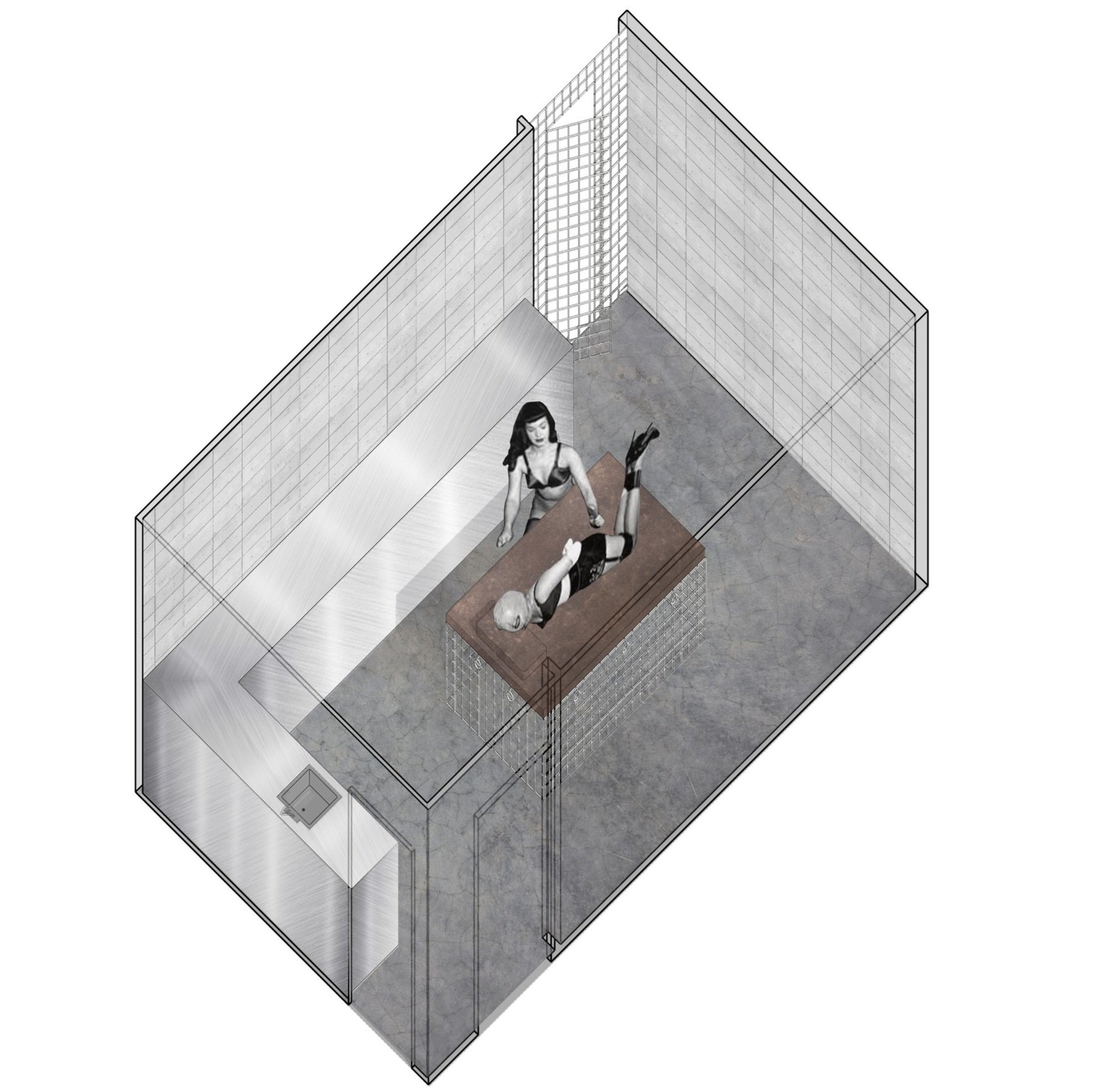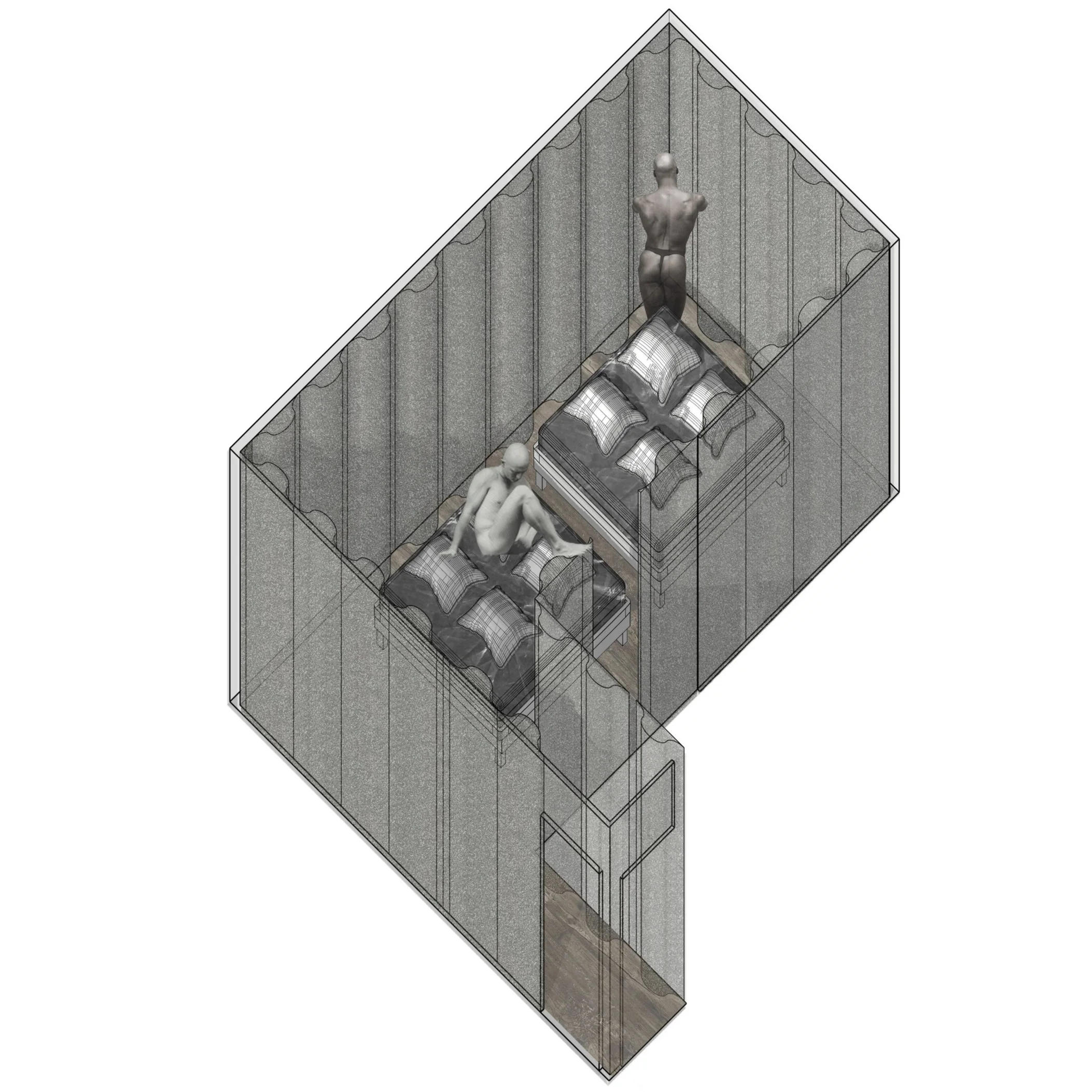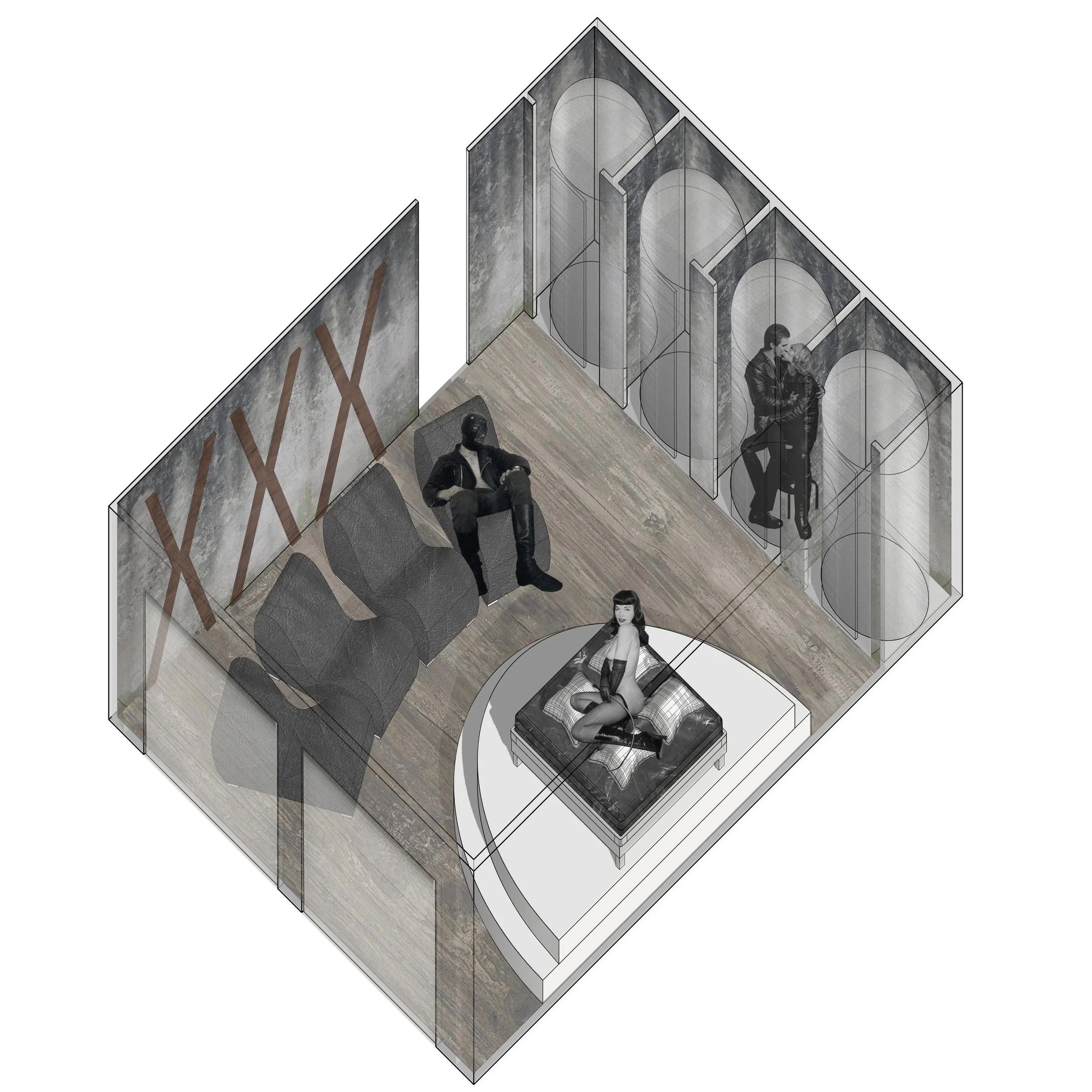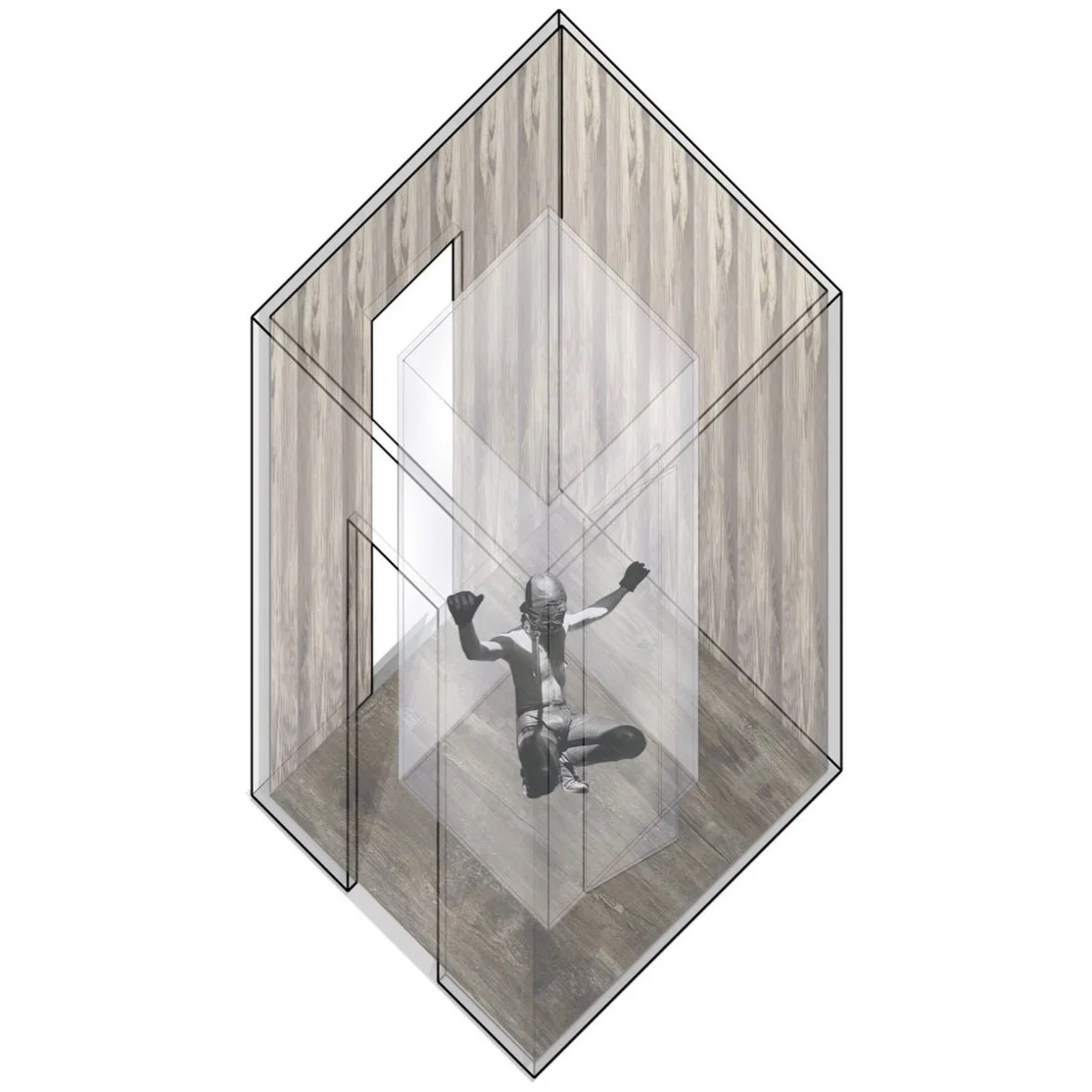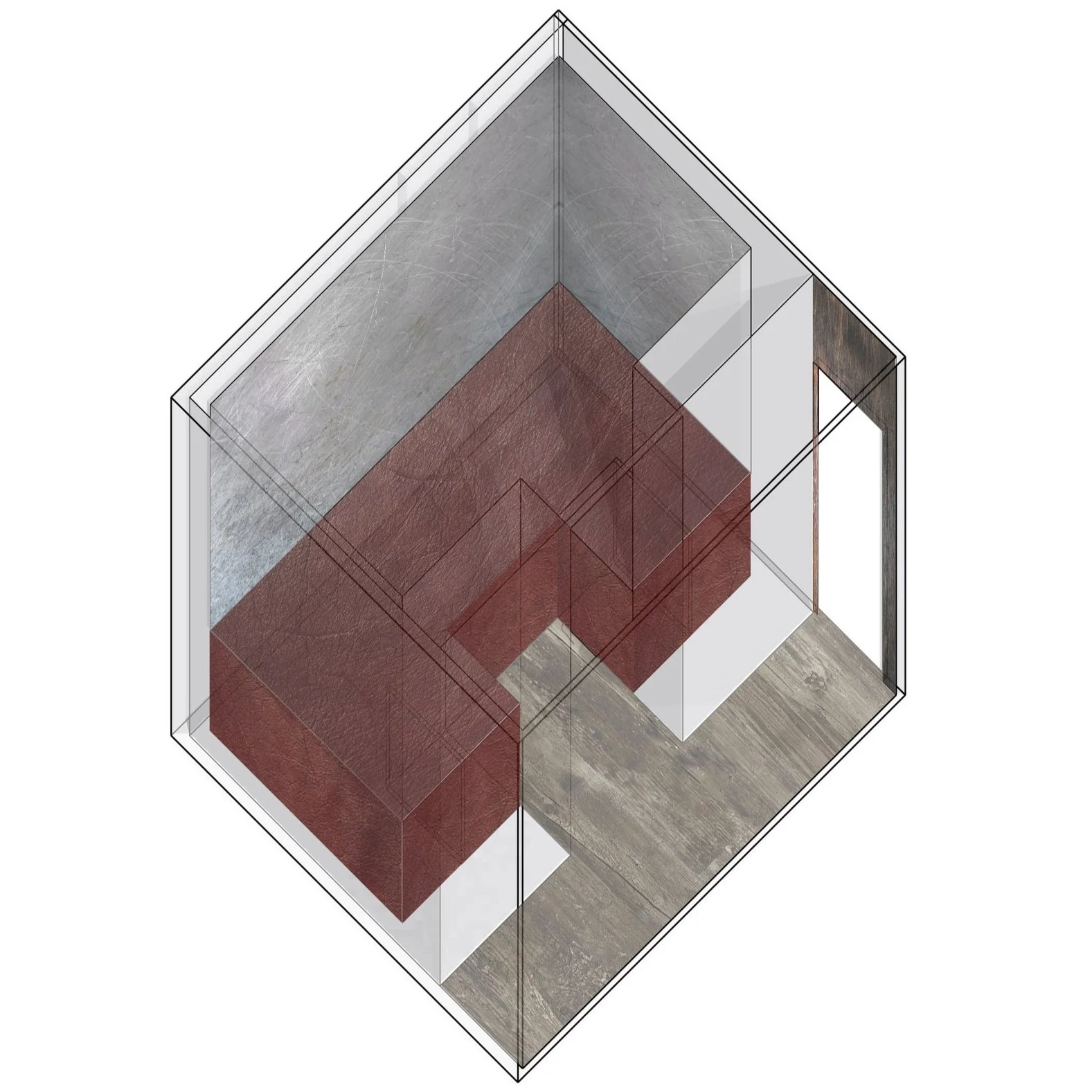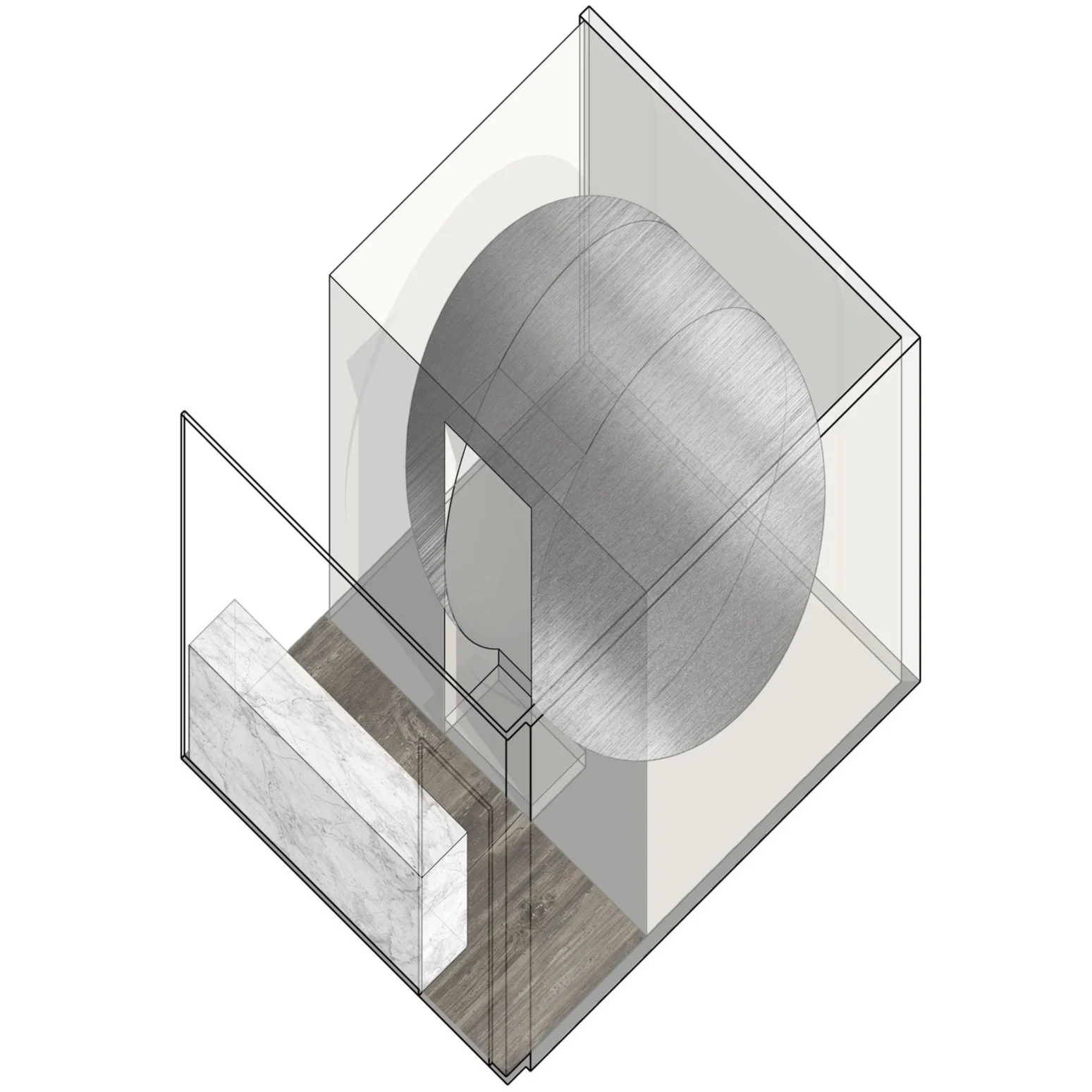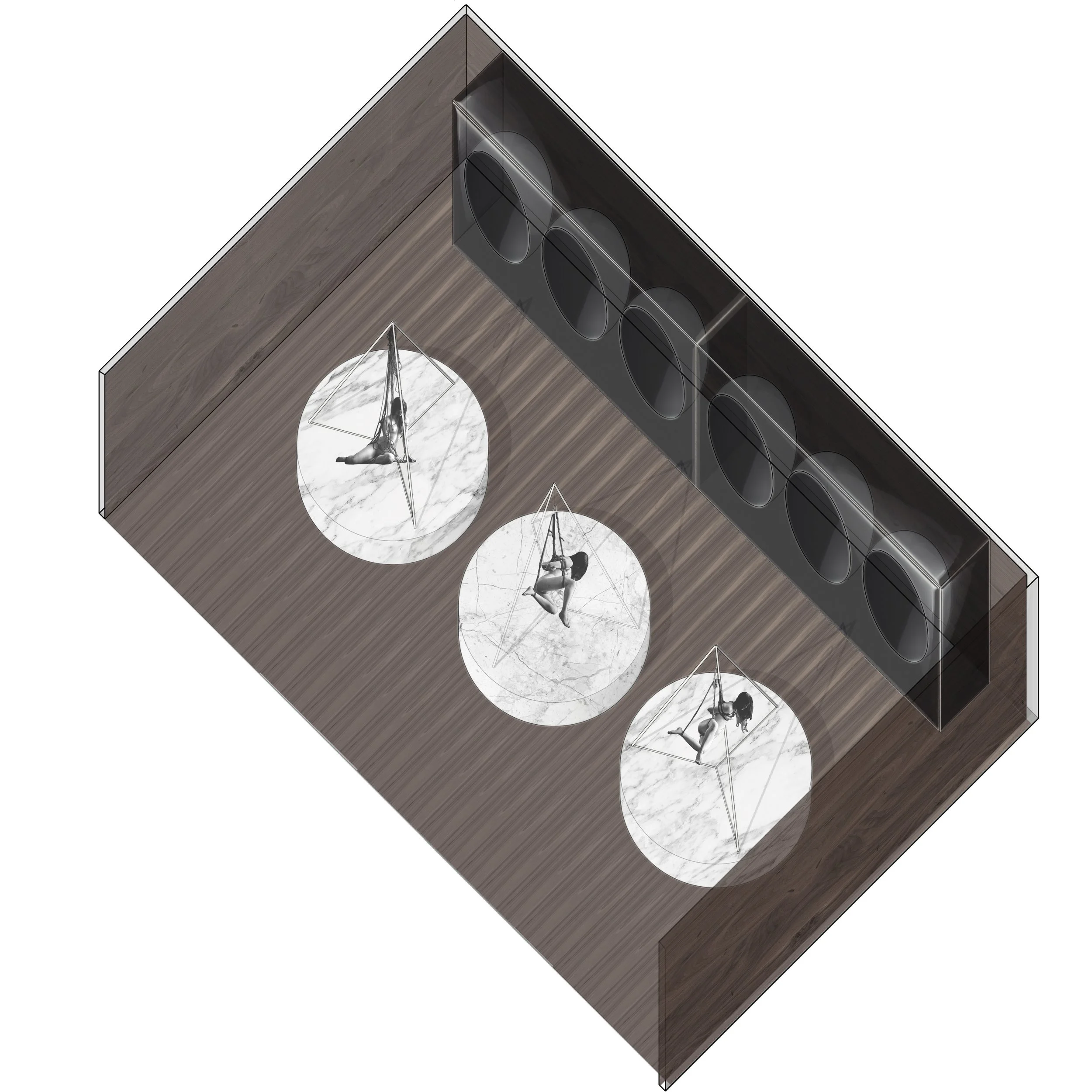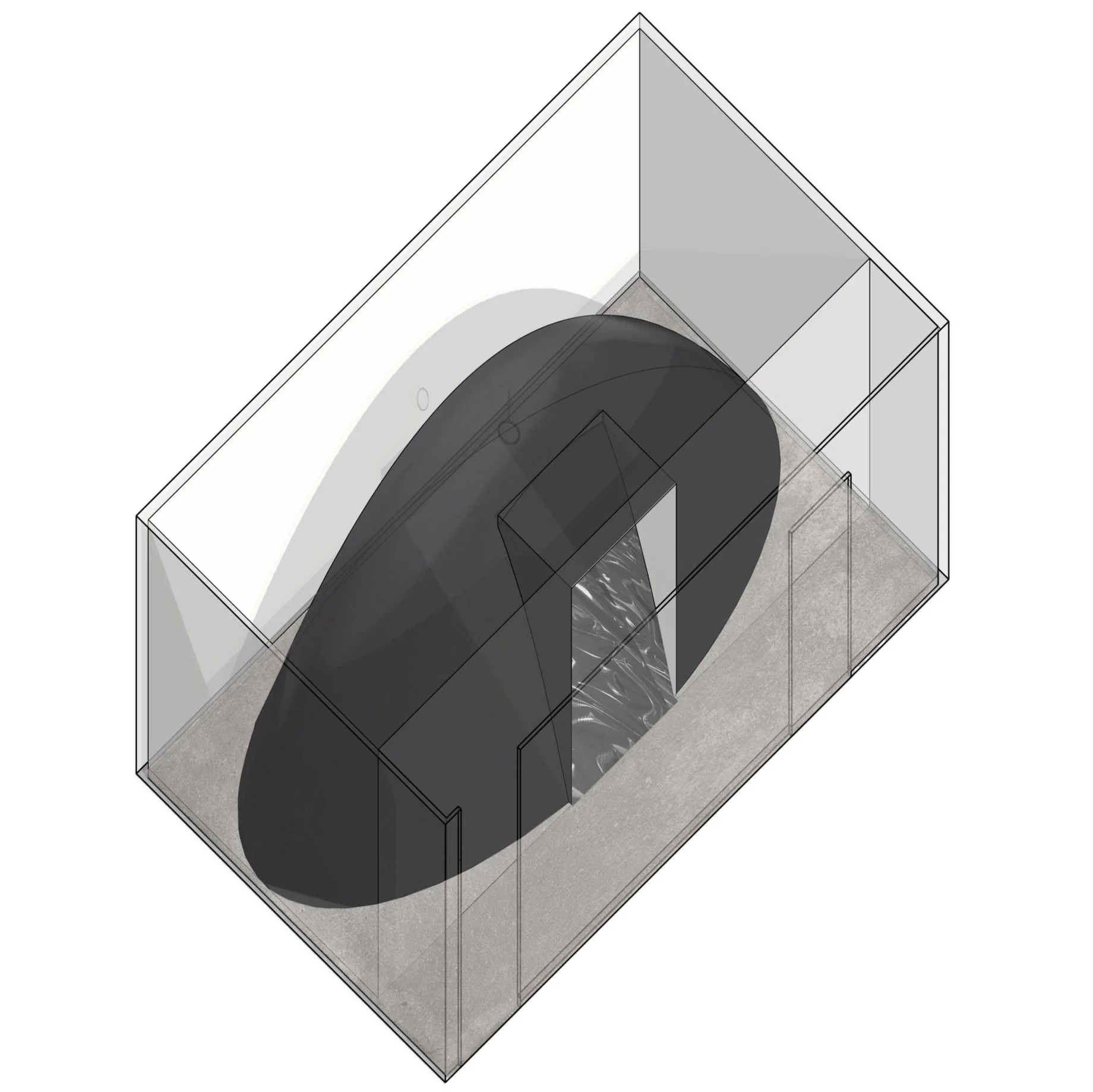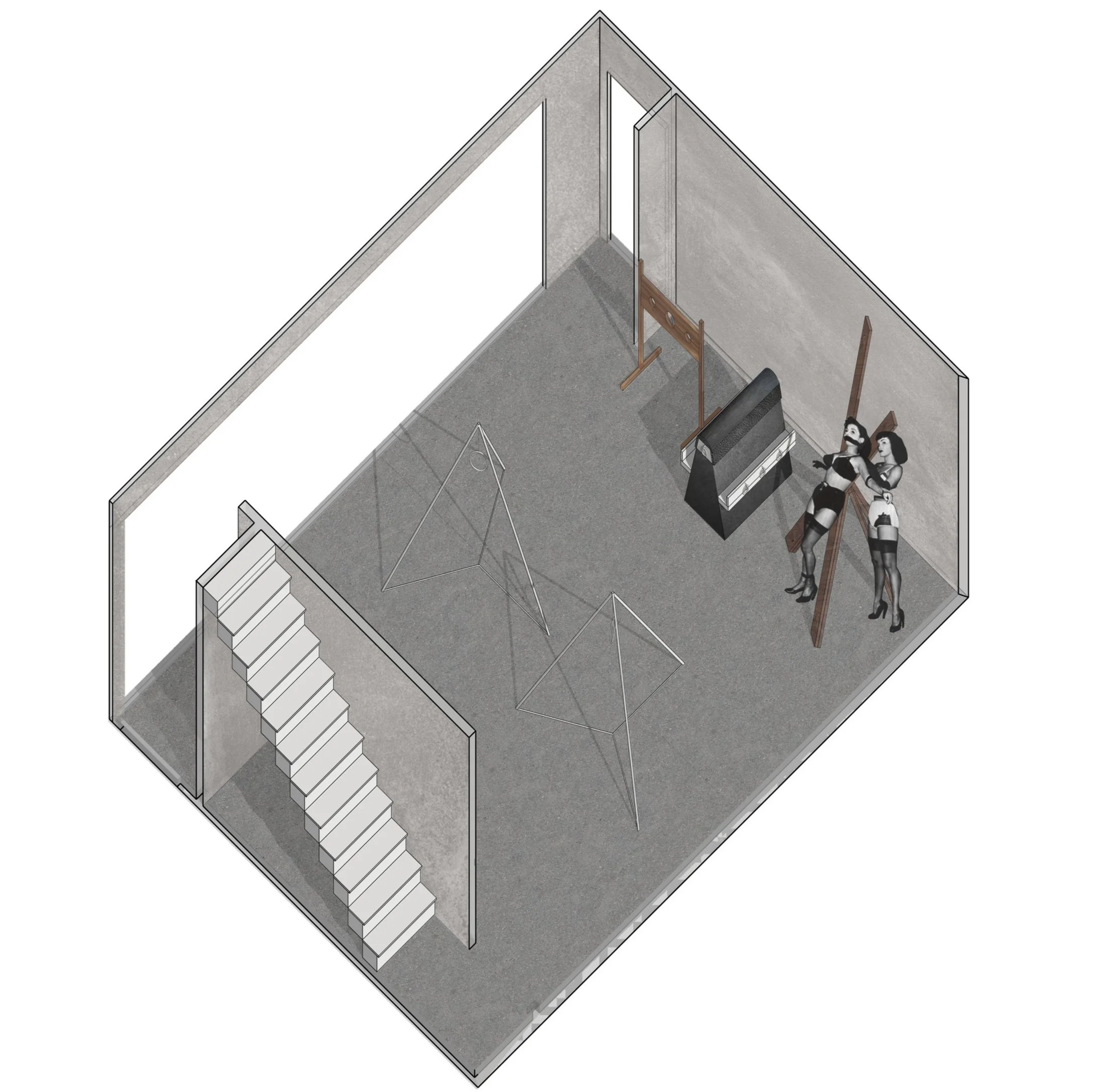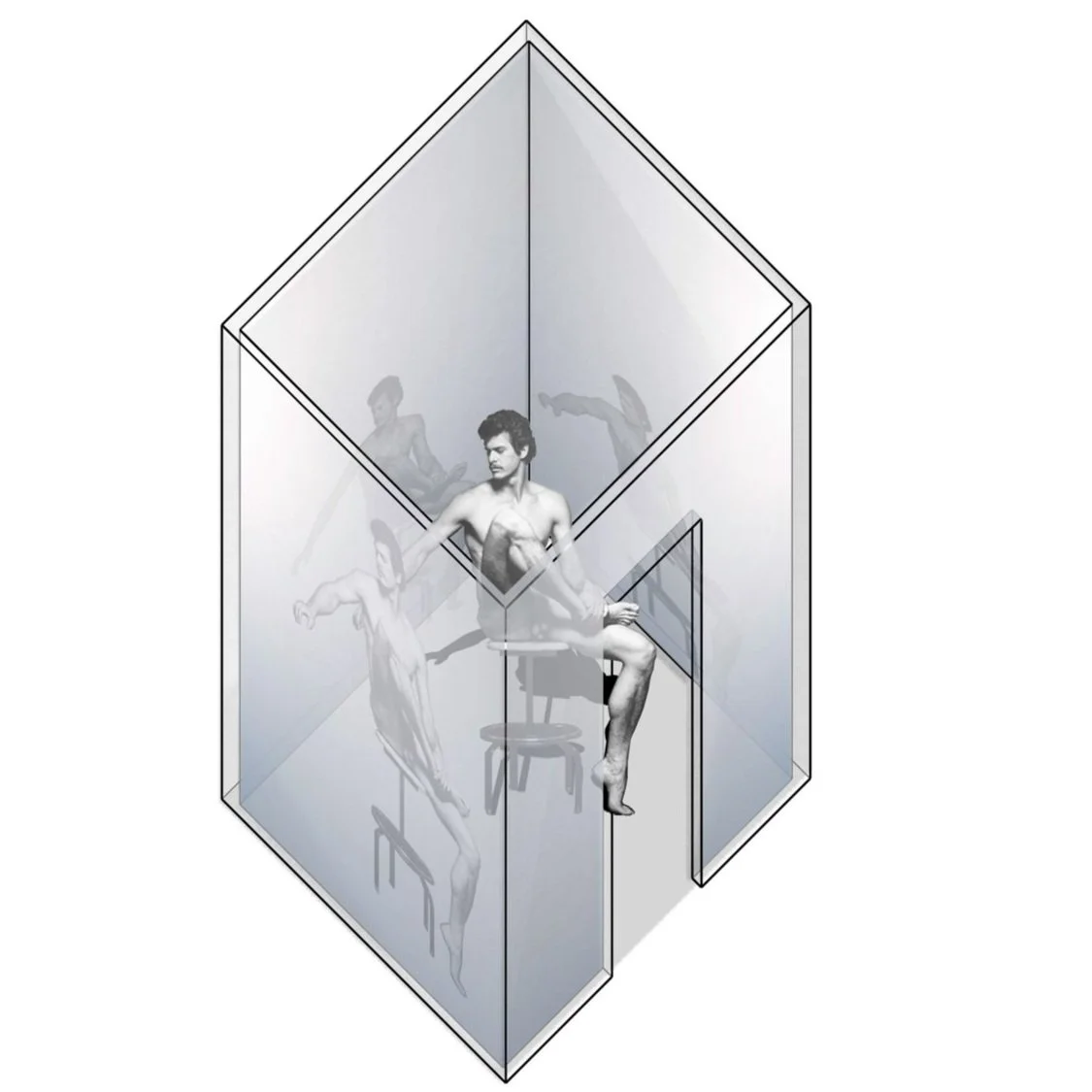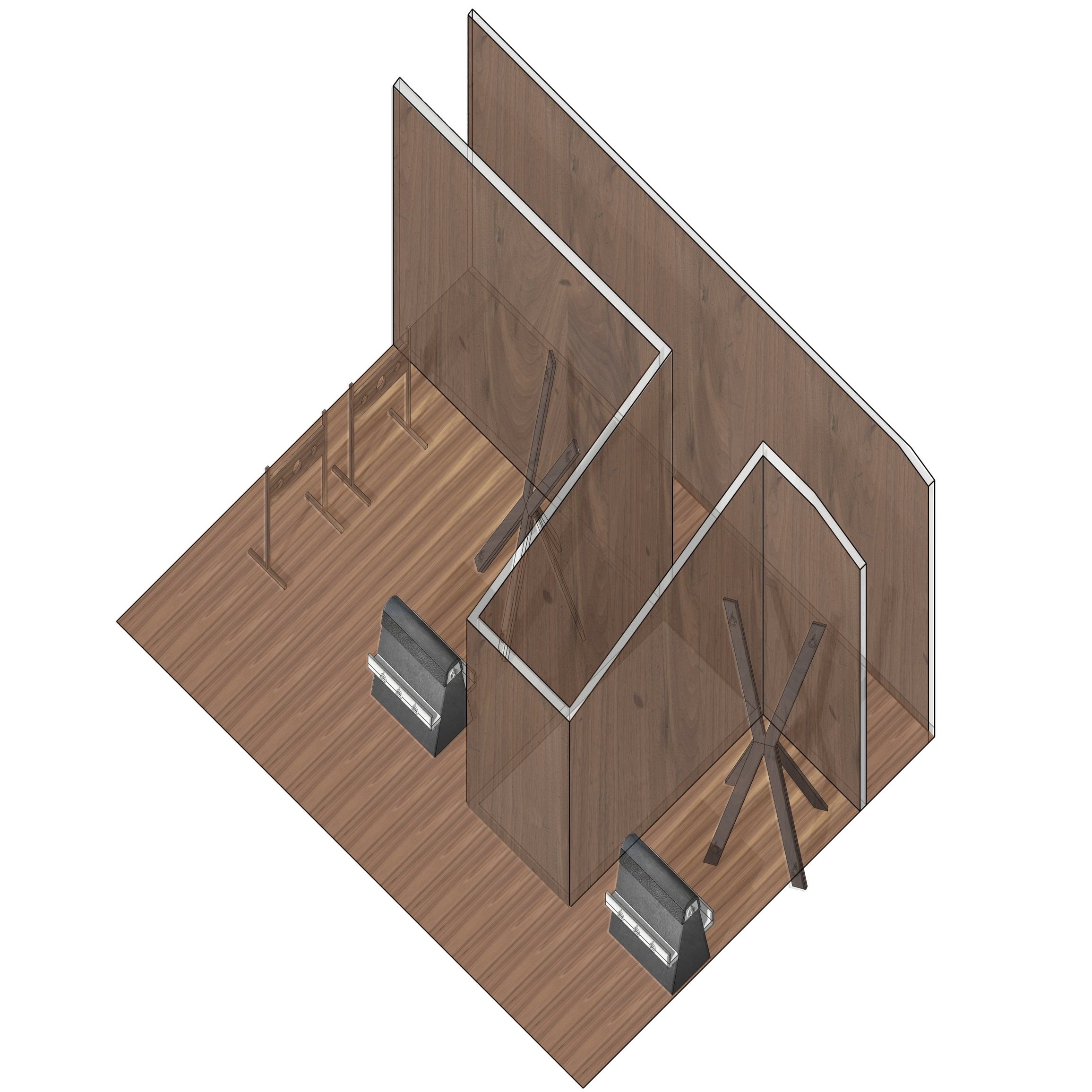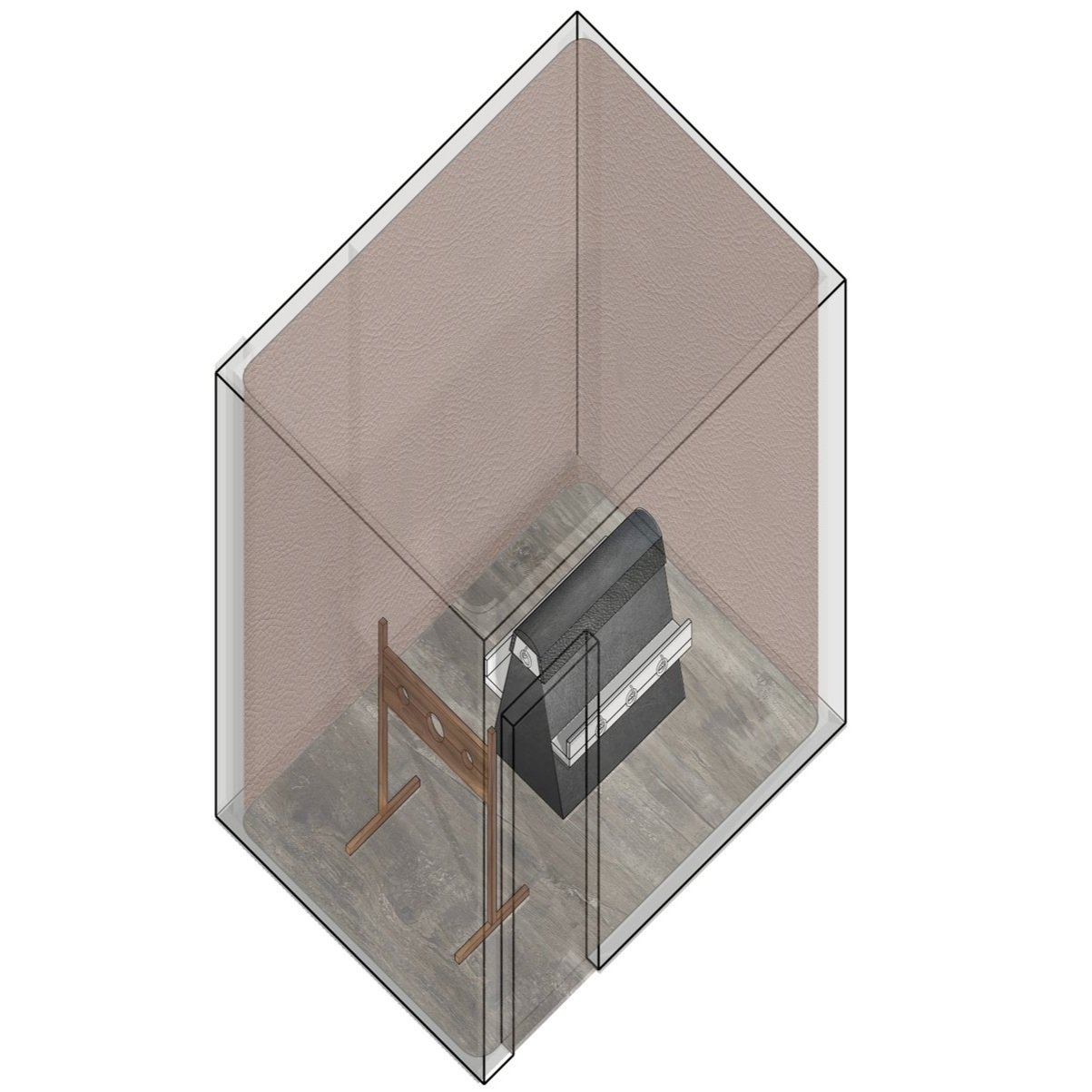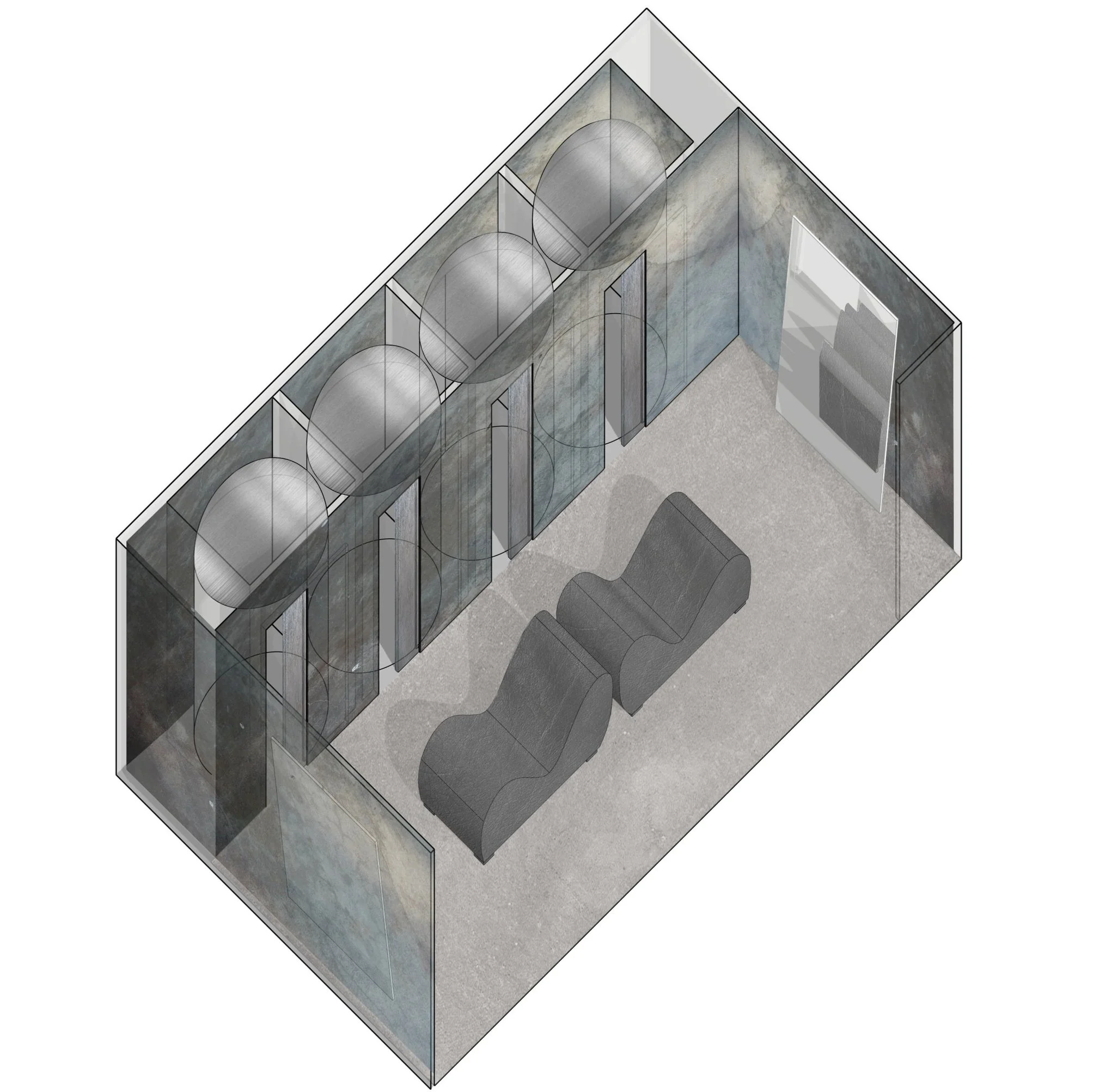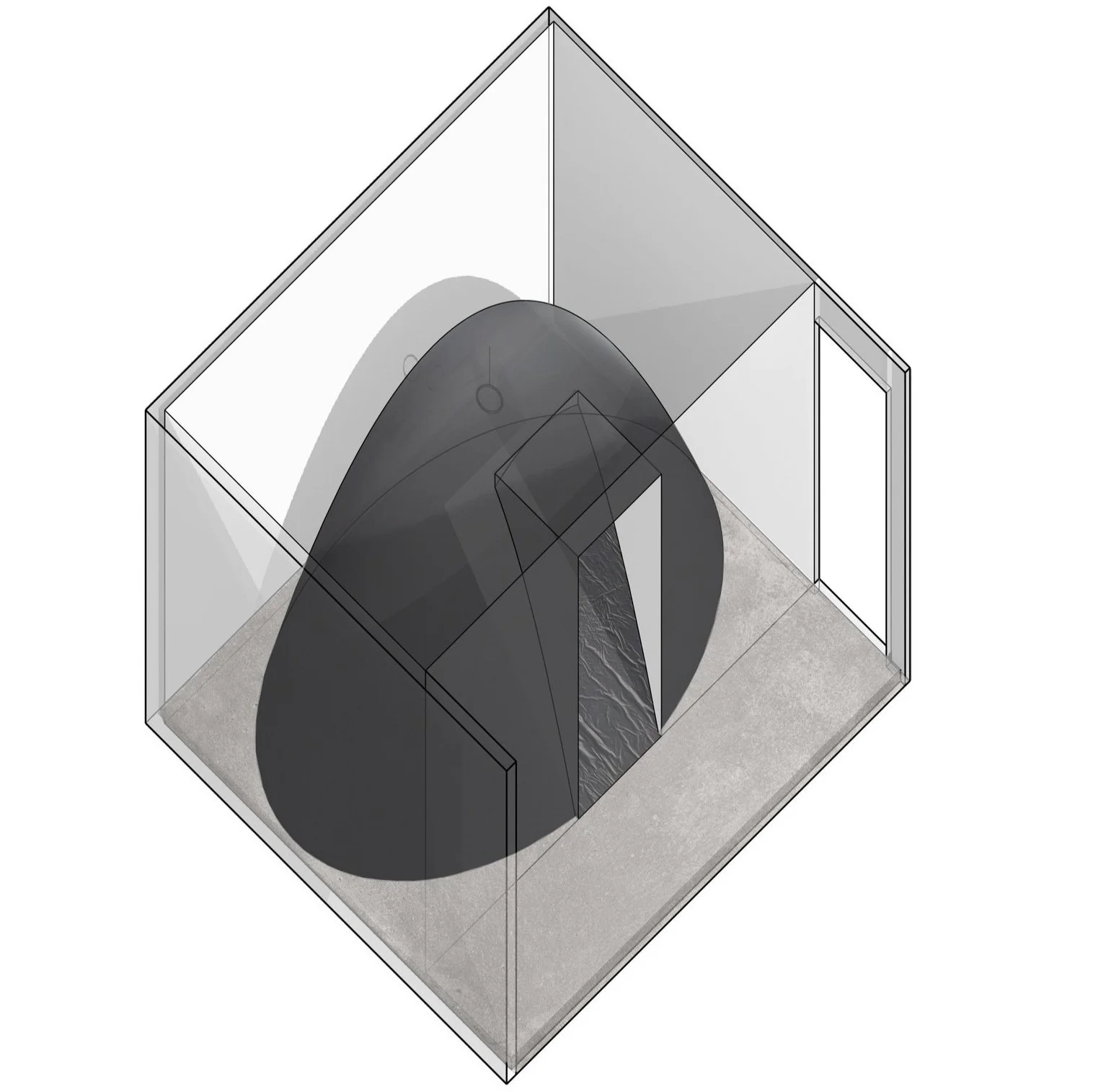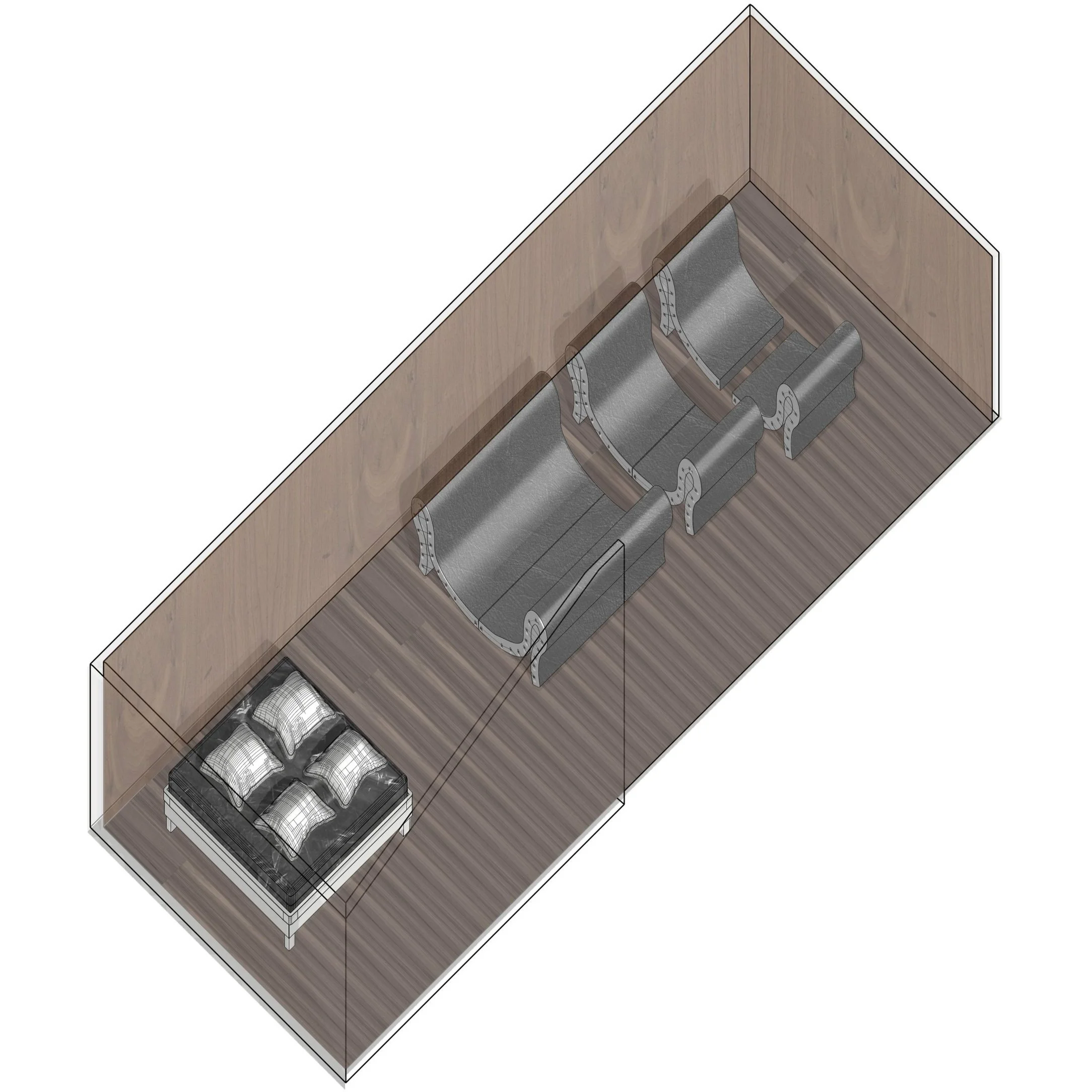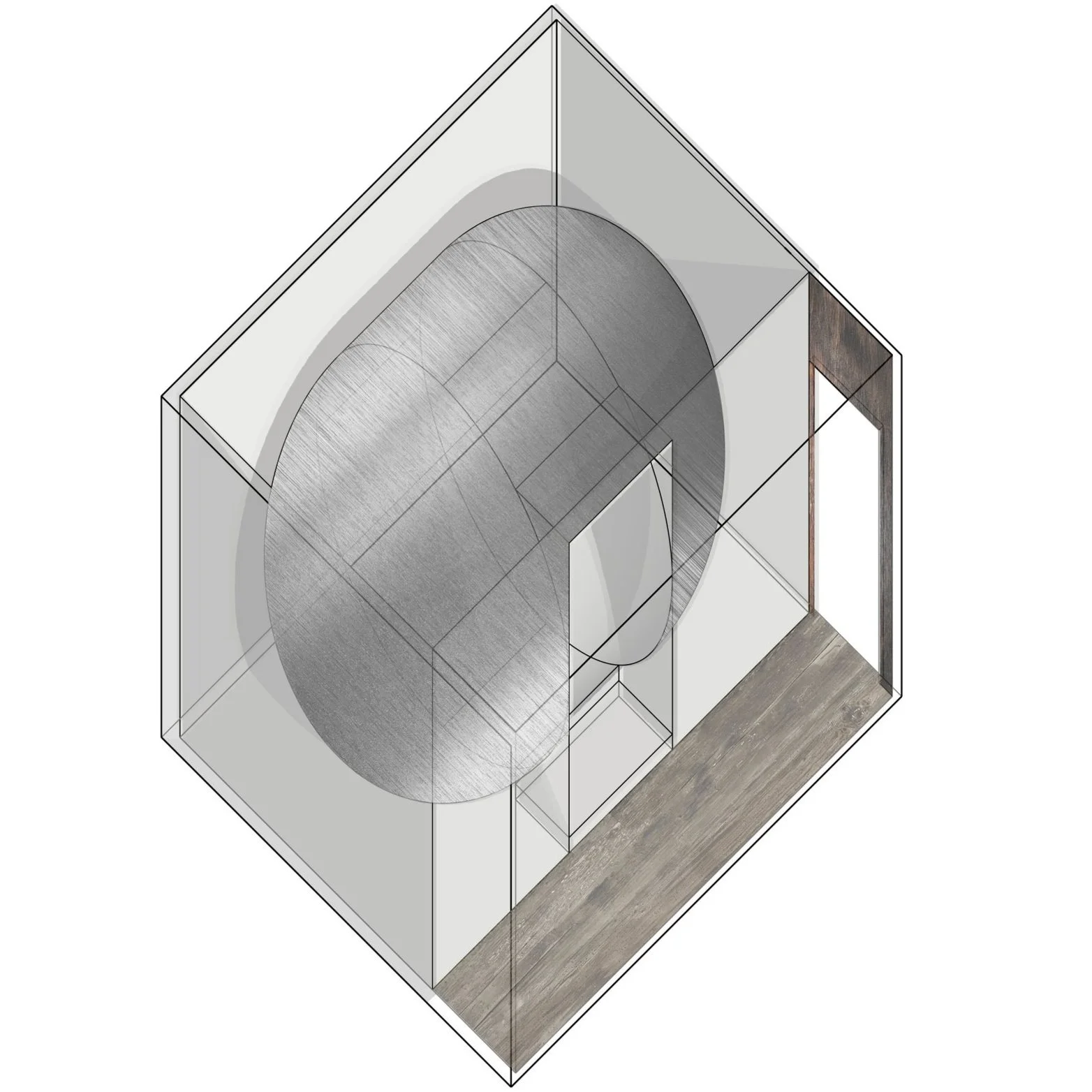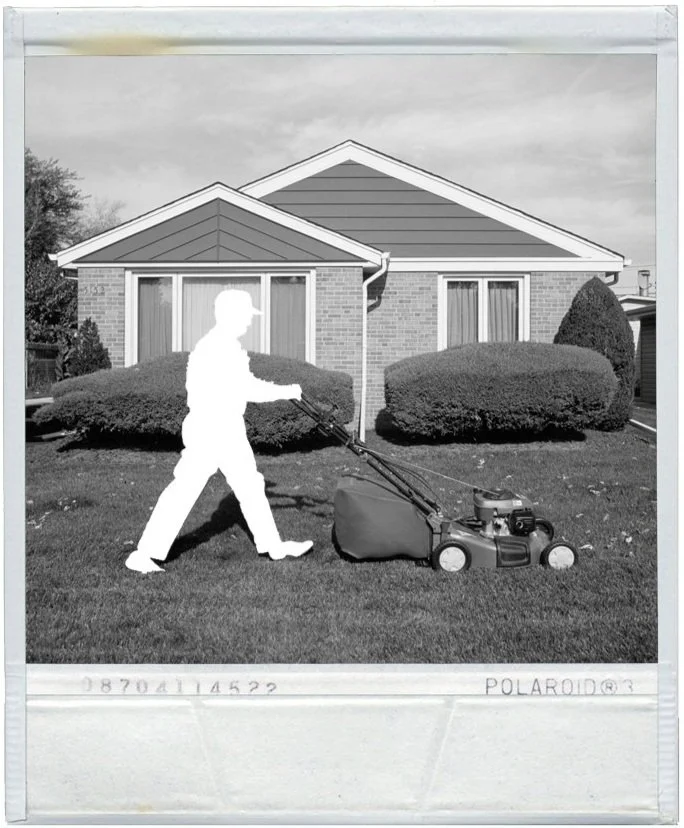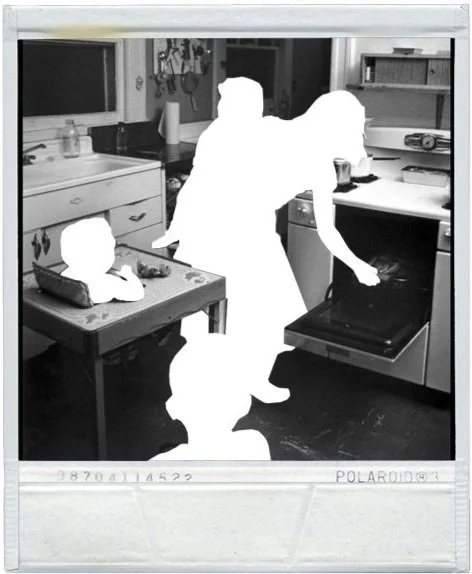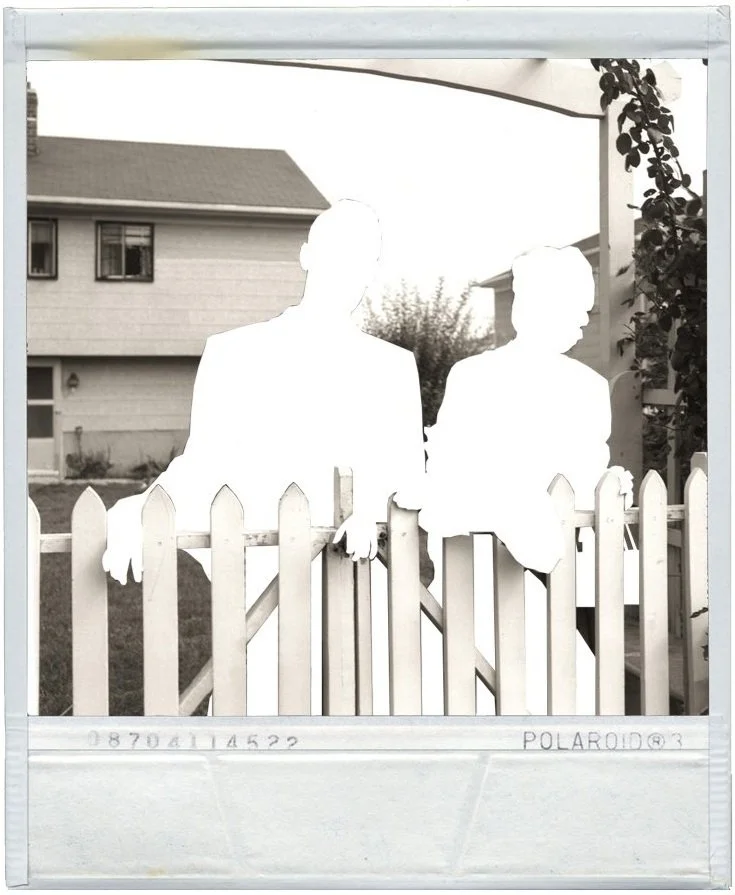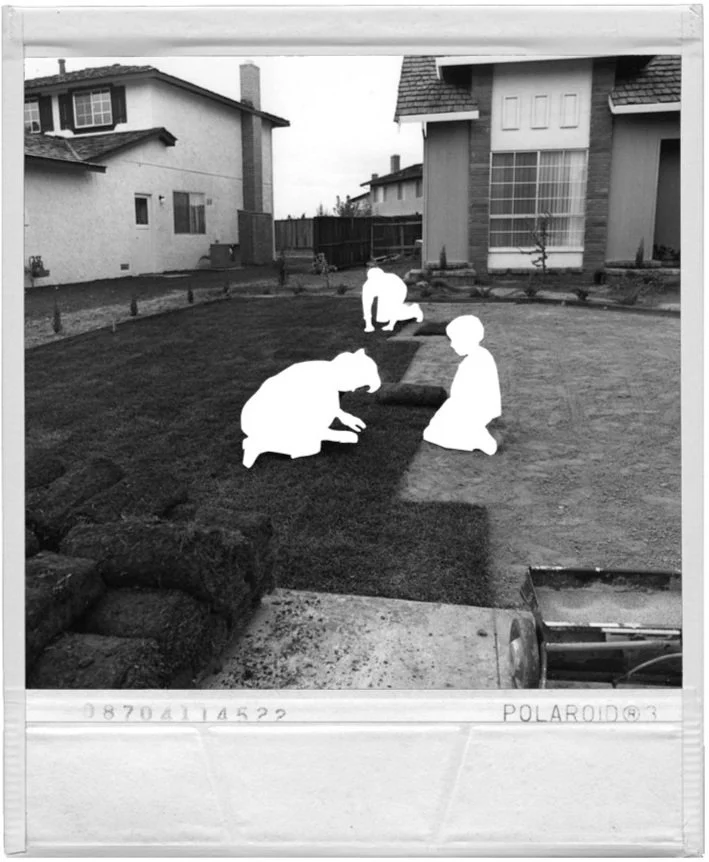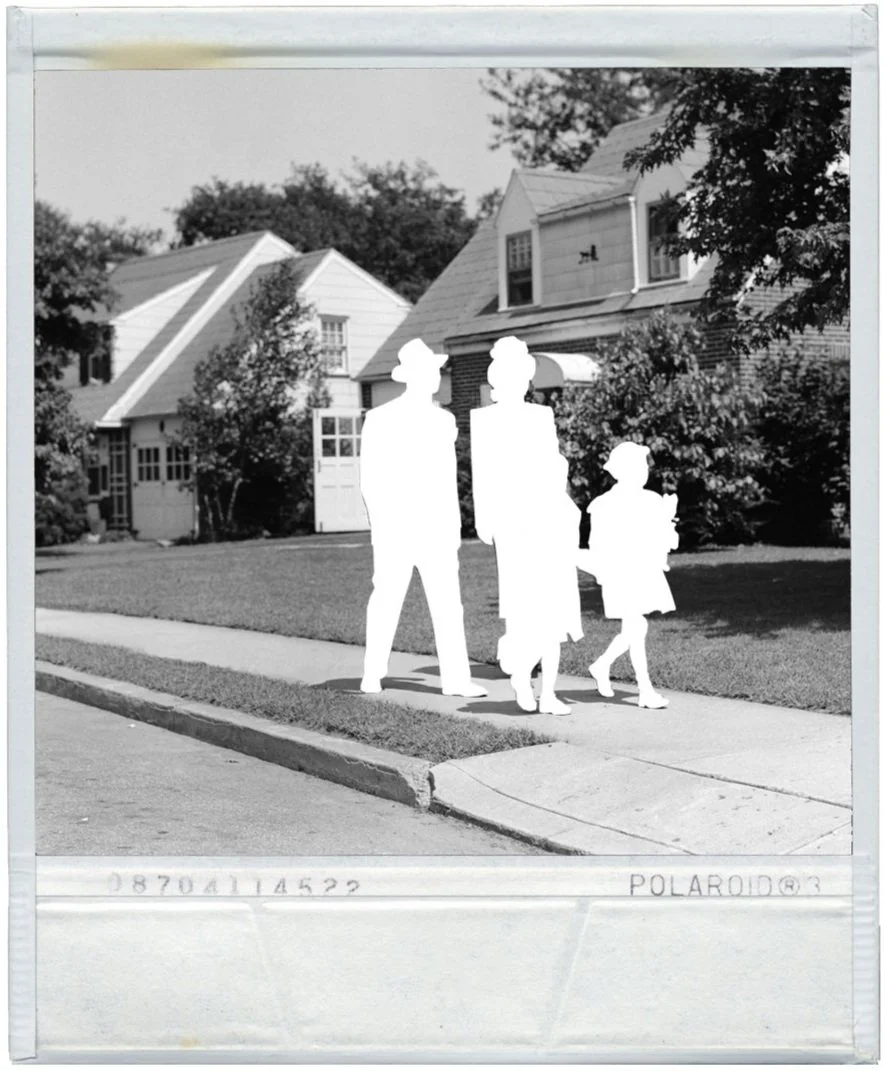THE PRACTICE
INTIMATE THEATERS are spaces rooted in explicit, continuous, and collaborative consent where bodies act as boundary projects. They are opportunities for utopias; realities that exist without the margins. Let’s reimagine our futures. It’s time to re-think how we design and who has access to the built environment.
VANILLA HONEY (she/they) wants to reestablish what architecture can be and who it can serve. She provides a unique and authentic perspective into this work as a full-time architectural designer who is active in the NYC Queer and BDSM communities. There are gaps between these subcultures and architecture; this practice will study ways they can evolve together and disrupt each other.
VH wants to change the way we design. They want to build utopias for people in their communities; spaces we can physically inhabit and embody that break free from the theoretical. We interact with architecture everyday. Yet, we do not take enough time to consider the ways space affects us, starting from who is designing the space to how we navigate it.
Spaces of Belonging, Simulated Control, + Inclusive Pleasure.
QUEERTOPIAS
“…queerness is ‘essentially about the rejection of a here and now and an insistence on potentially or concrete possibility for another world’…focusing on resistance to heteronormativity and gender regulation rather than on queer identification per se, I conceptualize ‘queer’ broadly as practices and interactions that resist gendered regulation of bodies, pleasures, desires, and experiences.” (Simula, 72)
“… ‘utopia lets us imagine a space outside of heteronormativity…utopia offers us a critique of the present, of what is, by casting a picture of what can and perhaps will be,’…by allowing participants to imagine and enact spaces outside of heteronormativity and gender regulation, BDSM contexts serve this utopian function.” (Simula, 89)
Brandy L. Simula. 2013. "Queer Utopias in Painful Spaces: BDSM Participants Resisting Heteronormativity and Gender Regulation." pp. 71-100 in A Critical Inquiry into Queer Utopias, edited by Angela Jones. Palgrave Macmillan.
In architecture, a project begins with a site. Compelled by the expansiveness of queerness, the meticulousness of BDSM consent protocols, and the insidiousness of the American Dream narrative, VANILLA HONEY (she/they) redefines the meaning of “site” as simply a physical place. Instead, she derives a double fold definition of “site” with queerness acting as a “site” of resistance or a lens, and the suburban home typology as a tangible model to reinvestigate definitions of belonging and home. BDSM’s safe-sane-consensual protocols act as the tools for reconstructing. VH seeks the outcomes of fusing subcultures and (hetero)normative spaces by designing a container to disrupt, reclaim, and rebuild space. Their thesis argues for a model to create new worlds, turning the theoretical into physical realities, a formula that can be tested endlessly with different culture and space combinations.
This thesis presents the first case study. VH argues that combining queer X BDSM protocols with suburbia causes an inevitable collapse because they are diametrically opposed in nature. The suburban home and American Dream narrative were intended to be exclusive to white, heterosexual, middle class, nuclear families. Queer and BDSM subcultures are fluid, vast, and intersecting worlds of identities and communities, both innate and reactive, existing within and resisting the constrictive systems of oppression we inhabit. By disrupting the heteronormative status quo and then imposing a diverse subculture rooted in inclusivity and consent, a new “site” manifests outside of these known existing systems and realities. Therefore, queerness acts as the “site” of resistance to deconstruct and BDSM’s safe-sane-consensual protocols are the new tools for rebuilding. While the thesis presents just one outcome, even this combination can create additional, different outcomes. This fluidity and perpetuity is the very nature of queerness and utopia, of a QUEERTOPIA.
The two quotes above from Brandy L. Simula’s “Queer Utopias in Painful Spaces” were VH’s anchors. It is important to start with a common language. At the core of this thesis lies a desire to unveil the very human and unifying need to belong. Belonging is not simply inhabiting space, in this case a house. It is the feeling of home, of acceptance, safety, and peace in one’s self and physical environment. It is overlooked as something that we all have or can obtain, but it is a privilege. It is time we each rewrite our narratives and redefine our homes. We need new dreams, new tools, new sites of resistance beyond the margins once designed for us, they were never for us.
The polaroid collection above is an adjacent study to VANILLA HONEY’s (she/they) thesis. She questions the concept of nostalgia and who has the right to it. The family photo album is an iconic artifact of nostalgia; they are portals to memories solidified in time. Physical photo albums were common in one's home, immediately accessible from a nearby bookshelf. These tangible albums are nearly obsolete now, as digital photos and archives have replaced them.
The suburban home is also iconic. While suburban neighborhoods have become more diverse in their design and demographics, they remain a precedent for what we associate as “home” and “family” ideals in America; suburia is bound to the American Dream narrative. The repetition of the identical homes in the original Levittowns and then the repetition of imagery in this project, emphasize the solidification of these ideals. Their proliferation in the creation of the ideal home is therefore, evident. We see the same families over and over again, standing in front of the same houses, in the same neighborhoods. We are confronted by this reality. To occupy space and possess these memories is an overlooked privilege.
This project reinterprets the idea of memory by disrupting assumptions about what a family and home is supposed to resemble. But even when erasing the nuclear family from the picture, their form remains recognizable. Despite their absence, we know what these families look like, these images are imprinted in our minds. They create a white space when present and when absent. In the same way our brains fill in the blanks of the polaroids, they are also conditioned to absorb these spatial violences. The project intends to leave the viewer with an eerie feeling, wondering "where do I belong?" This is a question each person must answer for themselves.
VH’s hope is that viewers will look at the edited images of the once ideal family and home, understand the violences they frame, and feel provoked to reinvent what "home" looks like and feels like to them. Spaces like the suburban home were never meant for us, so the nostalgia around them is a distant one, familiar and unfamiliar simultaneously.
RECLAIMING NOSTALGIA






